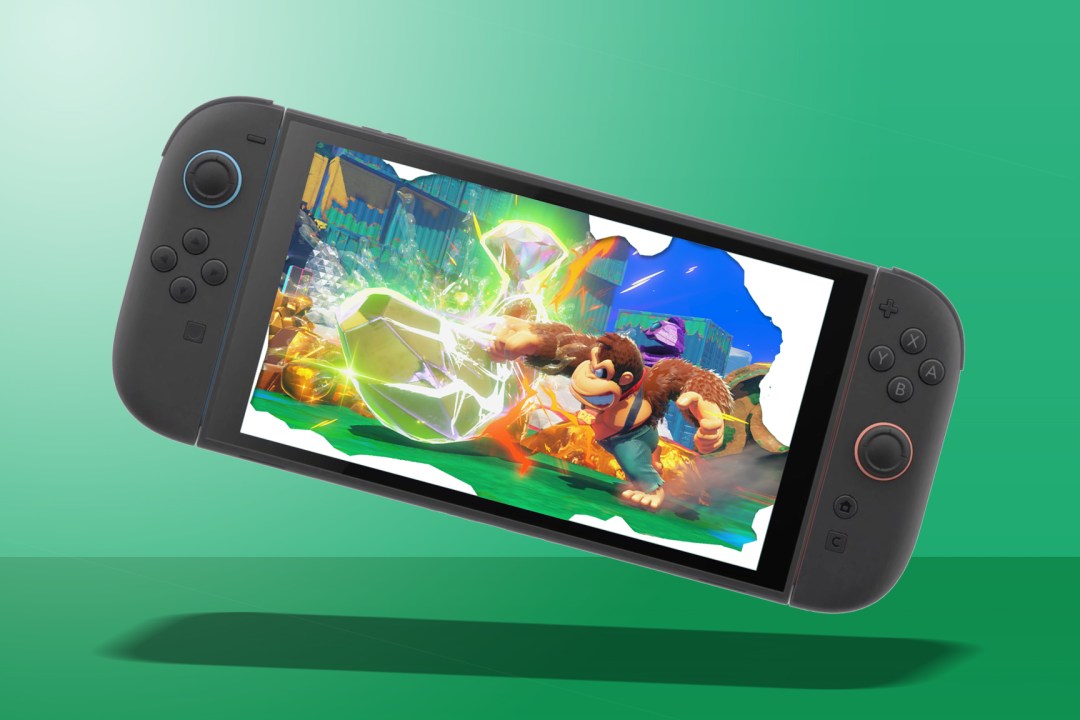No OLED? No problem! Why I don’t mind the Switch 2’s LCD return
On-the-go gaming needs brightness and battery life

I could practically hear the groans through my computer screen. The YouTube comments went nuclear as soon as the Nintendo Direct voiceover confirmed that no, the Switch 2 wouldn’t be landing with an OLED screen. The hybrid console sequel would instead be returning to LCD. “Kiss those perfect black levels and infinite contrast goodbye, gamers – it’s been fun.”
Hear me out, though. While my colleague Dan Grabham argues otherwise, I’d say that OLED isn’t always the answer. And it’s not like Nintendo has cut corners on its choice of panel. The Switch 2’s screen is bigger (7.9in to the Switch OLED’s 7in), has a higher resolution (1080p vs 720p), double the refresh rate (120Hz vs 60Hz) and supports HDR content.
OLED screens usually draw more power than the LCD alternatives, which is something you really don’t want in a handheld where maximising time spent away from the mains is critical. I’m betting Nintendo experimented with both, and realised it could manage that much more HDR gaming at 120Hz if it went LCD.
Brightness has long been the other OLED sticking point. It’s something you need a lot of when trying to game outdoors. Even Nintendo’s colourful game library can be a chore to see clearly on the sunniest of days. While the firm isn’t the sort to get geeky over nits and lumen levels, the inclusion of HDR means I can bet the Switch 2 will outshine the Switch OLED.
Gamers need to put their memories of the launch version of the Switch and its mediocre display aside: the tech has come along considerably since 2017, with smooth 120Hz motion now the norm on PC gaming handhelds.
Sure, Valve managed to have its cake and eat it too with the Steam Deck OLED – but that’s a considerably heftier handheld. The Switch 2 is no thicker than the OG model, yet can also run Elden Ring and Cyberpunk 2077 at 1080p. If slightly worse contrast is the price to pay for that, I think it’s a fair trade.



